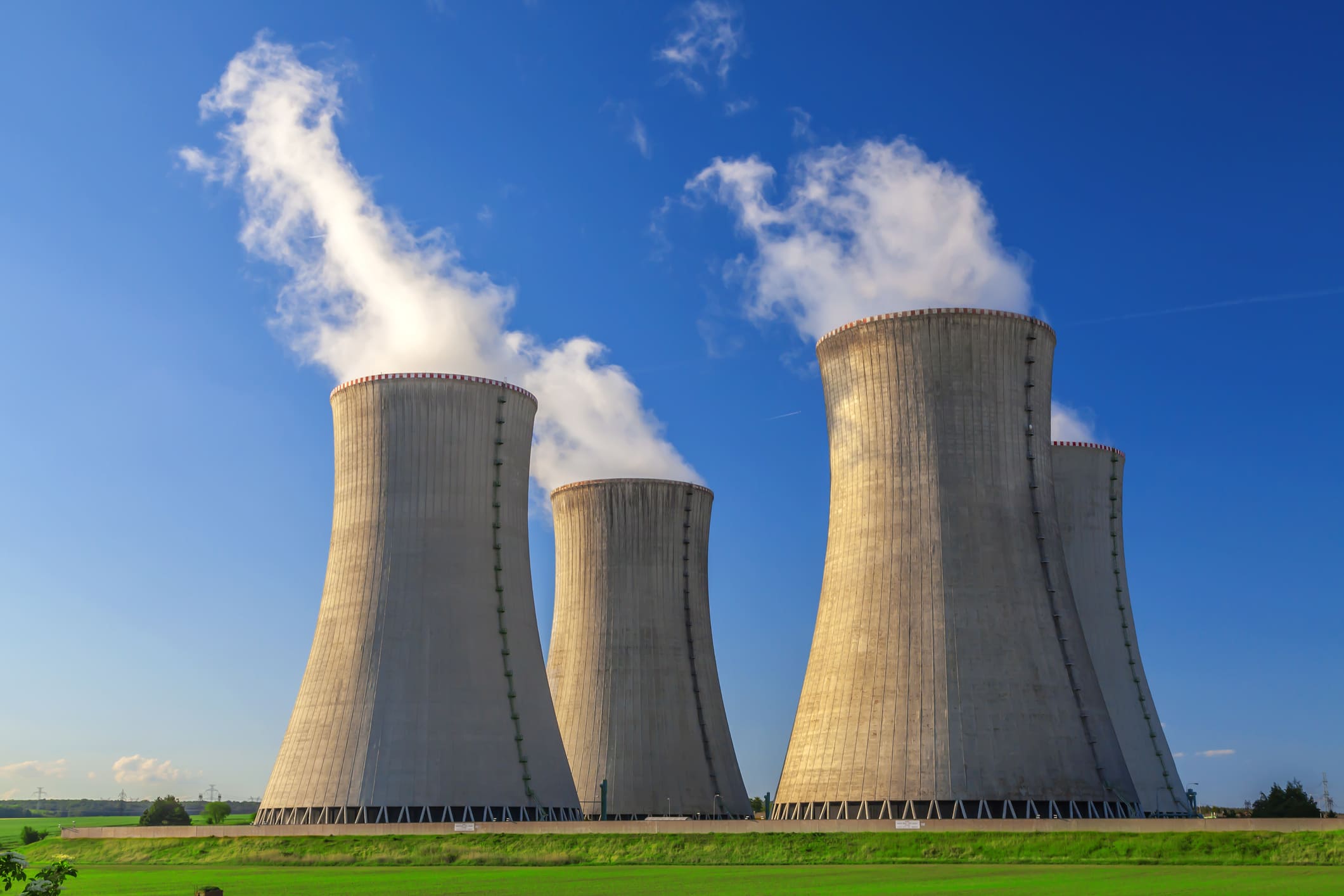The Multilayered Multipolarity of Energy: A New Surge in United States-Korea Relations?
THE NATIONAL INTEREST
APLN member Eunjung Lim wrote for The National Interest on the multilayered multipolarity of energy, arguing that renewable and nuclear energy must remain integral to South Korea’s energy mix. She also suggested that South Korea should diversify its imports of critical raw materials or increase domestic production and localization efforts in these supply chains.
In short, today’s global energy order is not just multipolar—it is multilayered multipolarity. Each energy source operates under a different set of geopolitical dynamics.
What does this mean for world politics?
First, competition over energy will intensify. China will likely seek to enhance energy security by reducing its reliance on foreign sources, while maintaining leadership in green technologies through renewables, nuclear energy, and the shift to carbon-free transportation. Meanwhile, the United States, leveraging its abundant natural resources, may pursue partnerships with other major oil producers like Russia and Saudi Arabia to stay ahead in future technologies, such as artificial intelligence and space development. In nuclear energy, demand is expected to grow in emerging markets, prompting fierce competition among the United States, Russia, and China. A key issue will be how quickly Western countries can scale up uranium enrichment capabilities, given Russia’s current dominance.
Second, complete decoupling is unlikely. Different geopolitical “games” play out across different energy sources. For example, enriched uranium for nuclear power is still heavily reliant on Russian supplies. Oil and gas are contested domains between the United States, Russia, and the Middle East. In renewables, China leads not only in manufacturing but also in securing supply chains for critical minerals. Thus, despite strategic competition, a total separation among major players is improbable. The energy geopolitical landscape will only become more complex.
What, then, should South Korea do—and how should it shape energy cooperation with its ally, the United States?
For a resource-poor, manufacturing-driven economy like South Korea, energy security is paramount. The key lies in diversifying sources of energy imports to mitigate supply risks. Renewable and nuclear energy must remain integral to South Korea’s energy mix—not only for energy security but also for industrial development in green technologies. Moreover, South Korea should diversify its imports of critical raw materials or increase domestic production and localization efforts in these supply chains.
South Korea and the United States are already deeply intertwined through military, industrial, and technological cooperation. Under President Trump’s renewed emphasis on fossil fuels, bilateral energy cooperation in that sector may accelerate. South Korea’s advanced technology and manufacturing expertise can contribute significantly to the U.S. energy industry. I hope the two allies continue to deepen their strategic complementarity and expand their partnership across the entire energy spectrum.

